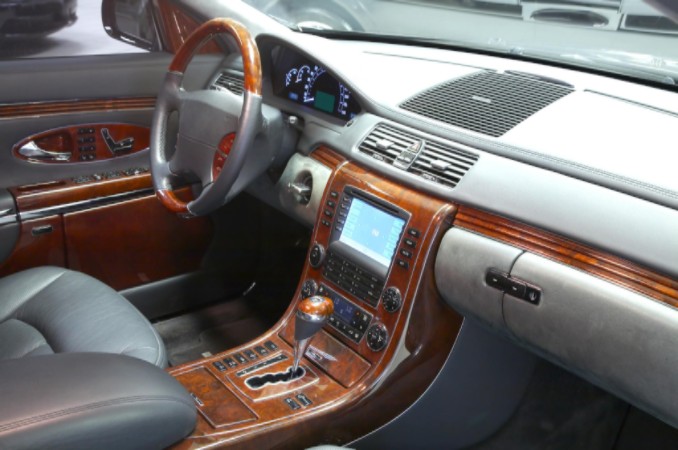
Purchasing a car can be a lengthy process with many factors to consider. It’s mostly the terminology that throws people off when they see car models advertised on TV. Before you visit a local dealership, you should learn about the common pitfalls of negotiating the price of both new and used cars.
Often, dealers will try to pressure you into buying right now. So before you head to the dealership, it’s a good idea to already form some opinions on your ideal vehicle. You want to go into as much details as possible, including what kind of car seats you’d prefer.
Which is better for your car: leather or cloth seats? In short, it really depends on your budget and what you believe each material represents.
Leather: Pros and Cons
In purchasing a car, leather is considered more stylish than cloth. Leather car seats are, in some ways, a status symbol. So if you want to impress people walking by, then leather is the way to go. Some cloth seats appear plain and drab, so they lack the visual appeal of shiny leather.
When it comes to cleaning, leather seats are thick enough to keep liquids from staining as opposed to cloth seats which are porous and soak up many dyes or beverages. This is true with both nylon and polyester fabrics. Vacuuming alone won’t get rid of them. When choosing leather seats, top-grain is preferable over both brushed and semi-aniline, allowing you to wipe away the toughest stains.
Leather also retains its resale value better, which is good if you decide to sell your car down the road.
Another real benefit of owning leather upholstery includes reducing allergens in your car.
The downside is that leather is generally more expensive. Faux leather has a lower price tag if you want an imitation of leather without the cost. Faux leather resembles vinyl and has fewer pores for collecting dirt, unlike nylon and polyester.
Popular types of leather include: perforated leather, Nappa, and Oxford.
Cloth: Pros and Cons
Looking at price alone, cloth is significantly cheaper than leather.
Take the Chevrolet Traverse 2LT, for example. It’s estimated you’ll have to pay an extra $1,750 to get leather upholstery for all your passenger seats compared to cloth. The same applies to a BMW X5, in which the leather base model costs $1,450 more and any upgrades are well over $1,000. Overall, tacking on leather to most cars is a major expense.
Hot climates are one area where cloth seats have an advantage. During the summer, leather can absorb lots of heat, becoming too hot to sit on. You’ll need to turn on the A/C to cool down the seats. People living in southern states prefer to stick to cloth seats for this reason. Cloth is more resistant to temperature changes, so you won’t accidentally get burned.
During the winter, the cloth is also better at keeping your seat warm than leather. While leather seats often feature pre-installed heating, this increases the cost of the car. It’s not uncomfortable to sit directly on a cold leather seat.
In general, cloth upholstery is comfortable since it’s similar in texture to soft cotton and doesn’t vary in quality like leather. Cloth upholstery is also a low-maintenance option, only requiring a yearly cleaning and Scotch Guarding. Leather must be cleaned every few months or else it will crease and fade in color. Lastly, a cloth seat has friction to help you stay in place whenever you make a sharp turn on the road.
As expected, some low-cost models like the Toyota Corolla only offer seats made of cloth. On the other end, a luxury Mercedes-Benz would limit your options to refined leather and its upgrades.
In case you want to purchase a used car, be sure to ask yourself these questions:
- Is the driver’s seat comfortable to sit on?
- Is it made of quality material?
- Does the material prevent overheating?